Old U.S. Mint

San Francisco, California
The Old Mint was built in 1874 and is a reminder of San Francisco's legacy as a gold rush boomtown. One of the few buildings to survive the 1906 earthquake, the building currently sits unused and deteriorating as tech-fueled prosperity crops up all around it.
Jiuzhaigou

Sichuan Provence, China
One of our must-see forests, Juizhaigou's pristine lakes and wildlife—including pandas—are being threatened by the very people who flock to Tibet to see them. With over a million tourists a year flocking to them, the wear and tear on the environment is starting to become noticeable, and the developments that are appearing to accommodate the tourists have sparked even more concerns.
Grand Canyon

Arizona
Not only is the Grand Canyon a National Park, a World Heritage Site, and a huge tourist draw, it's also sacred for numerous Native American tribes. However, proposals for a gondola ride, uranium mining, residential development, gaudy resorts, and spas, threaten to spoil the natural beauty of the canyon even more than the guardrails and touristy trappings already have.
Taj Mahal

The Taj Mahal in India receives 40,000 or more tourists every day. With that kind of worldwide attention, you’d think the building would receive the care it deserves. Sadly, pollution from the surrounding area and a lack of internal maintenance have forced the Indian Supreme Court to threaten to demolish the building if action is not taken.
Great Barrier Reef
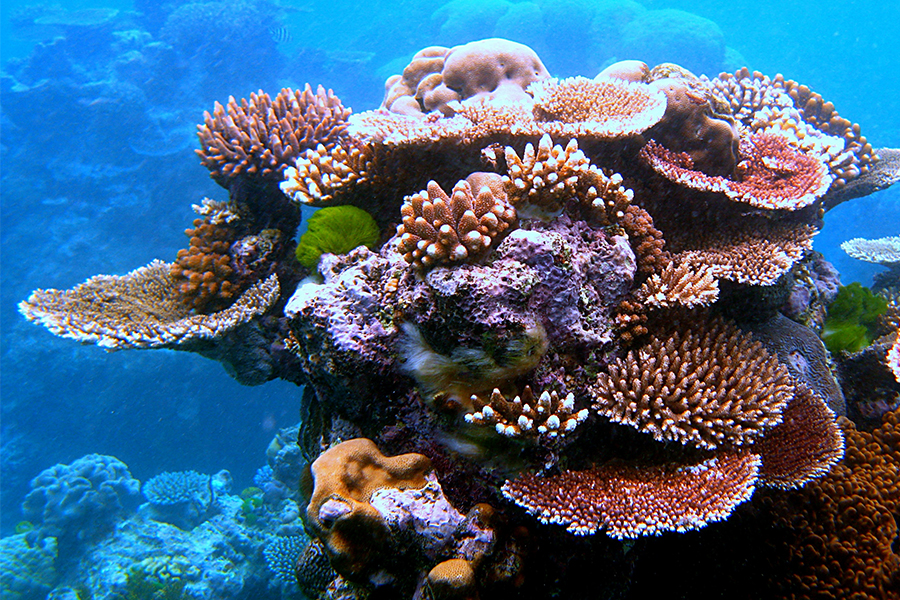
Coral Sea, Australia
The Great Barrier Reef is a massive coral reef off the coast of Queensland. By some measures, it's the largest living thing on earth, and it's certainly one of the most otherworldly beautiful environs a person can see. Unfortunately, development along the coast, including natural gas plants, have damaged the area. There are natural threats as well, such as coral-eating starfish. All in all, the area is deteriorating so rapidly that it may die out entirely by 2050.
Dead Sea

If you grew up Christian, Jewish, or Islamic, then you are familiar with the history of the Dead Sea. It’s a well-known feature in most Eastern religions, but it’s shrinking. Since 1980, about 3,000 sinkholes have opened up. Right now, there’s about one sinkhole opening per day. This has led to about four feet of water loss every year.
Rainforests of the Atsinanana
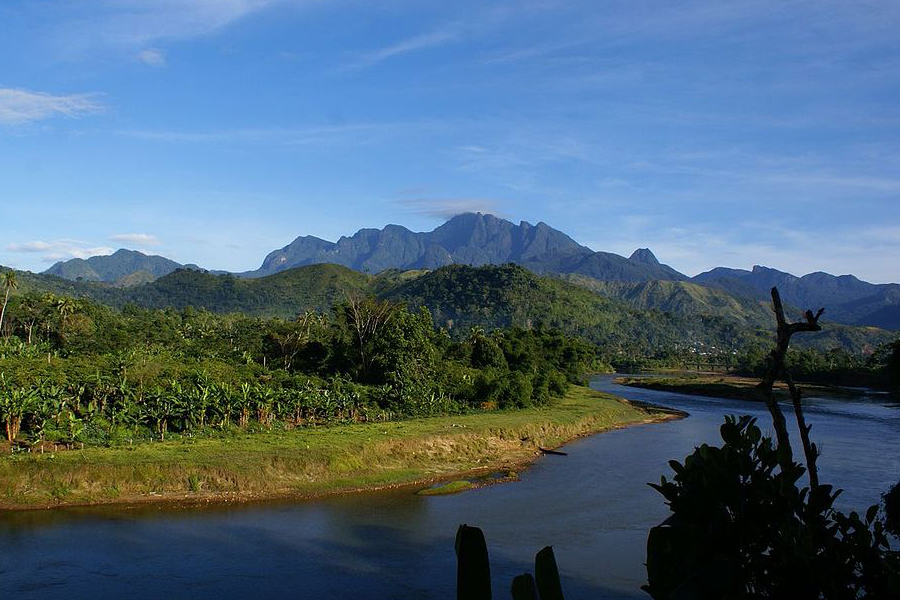
Madagascar
These rainforests are comprised of six national parks in Eastern Madagascar. The creatures living here evolved in isolation and are unique in all the world. However, illegal logging and lemur hunting threaten to wreck the biodiversity of this singular region.
Palmyra
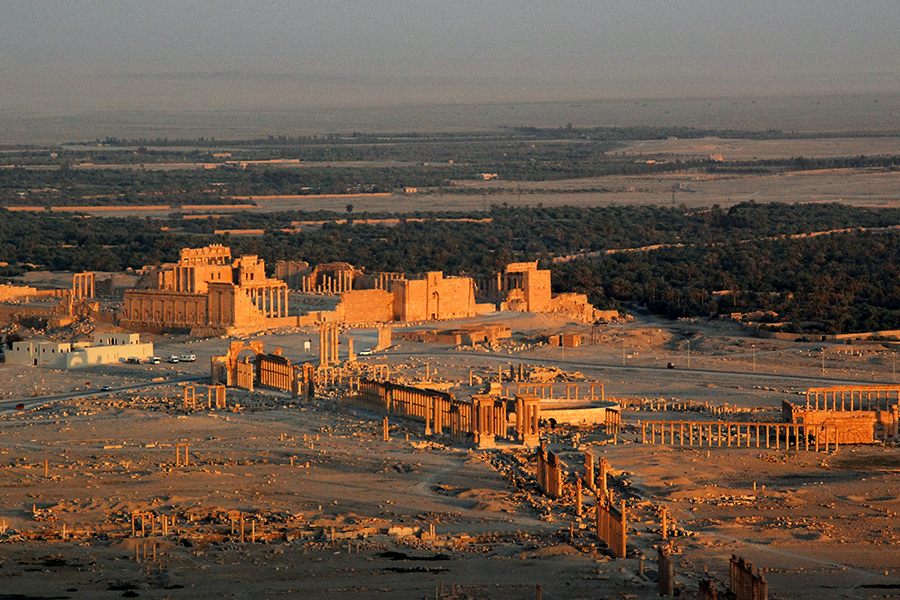
Tadmur, Syria
This ancient Semitic city in Syria is actively being destroyed by both sides of the civil war in Syria. The Islamic State captured the city in 2015, killing the archaeologist who had cared for the ruins for 40 years and demolishing monuments that have stood for nearly 2,000 years. As Syria attempts to bombard the terrorist group out of the city, the destruction of the historical site could become even worse. The remains of ancient Palmyra have been around since the 1st century and saw Greco-Roman architecture blend with Persian influences to create something truly unique—something that is being lost at this very moment.
A.G. Gaston Motel

Birmingham, Alabama
This hotel served as the command center for Martin Luther King, Jr. and other civil rights leaders in the build-up to the March on Washington. It's an appropriate locale—the hotel was founded by the grandson of a slave and was one of the few places in Birmingham where black visitors were afforded an overnight stay. Celebrities like Ella Fitzgerald, Duke Ellington, and Count Basie also stayed here. The building is currently owned by the city though it sits deteriorating and vandalized with no solid plans for renovation.
Timbuktu

Mali
Timbuktu is an old, old city. It first became a permanent settlement back in the 12th century and was an important part of trade in the region during the early days of the Mali Empire. The city was a cultural and academic beacon in Africa. As such, Timbuktu has incredible historic importance, as well as strikingly beautiful ruins rising out of the desert stands. But extremist groups like Boko Haram and the al-Qaeda-affiliated Ansar Dine have repeatedly assailed the city, ironically threatening to destroy some of the most important historical Islamic documents and scholarship in the world.
Petra
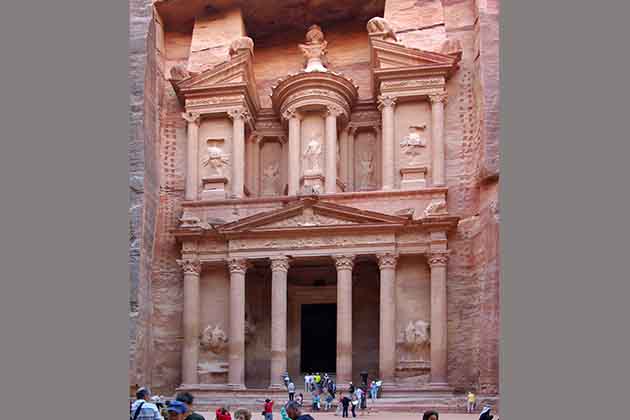
If you’ve seen Indiana Jones, you’ve seen Petra. It’s an extremely advanced ancient city that is so difficult to find it was lost for 2,000 years. In that time, erosion took its toll. Coupled with the heavy tourism in the region, Petra needs some serious preservation to maintain its beauty and history.
Medieval Monasteries and Church in Kosovo
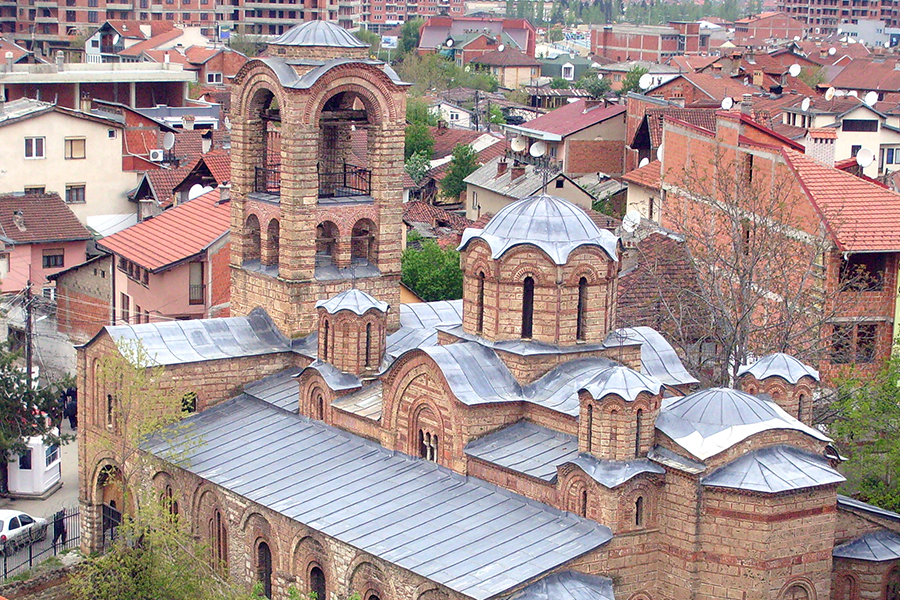
Three Serbian Orthodox Christian monasteries and a church in Kosovo represent a marriage of 14th-century Byzantine architecture with western Romanesque to make something new, different, and unique even now. Unfortunately, difficulties in management owing to the region's political instability landed the area on the UNESCO List of World Heritage in Danger back in 2006. They've been on the list ever since.
Mount Kilimanjaro

Tanzania
Kilimanjaro, the tallest mountain on the entire continent of Africa, is a beast of a mountain with three dormant volcanic cones and a snowy peak that is so famous it's got its own Hemingway story. Unfortunately, that snowy peak is the problem. There used to be an ice cap on the mountain, but 80% of it is gone thanks to global warming. It's projected that most of the ice will be gone by 2040.
Church of the Nativity
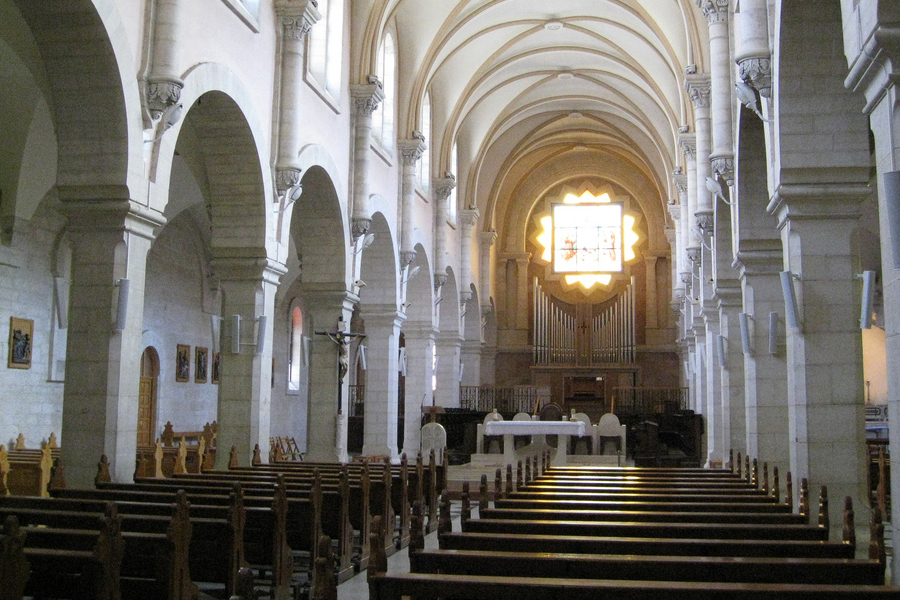
Bethlehem, Palestine
Said to be the birthplace of Christ, this church in Palestine is managed by three separate religious groups—the Greek Orthodox Church, the Armenian Orthodox Church, and the Franciscan order of the Catholic Church. Unfortunately, rainwater is seeping into the building, damaging 12th-century art and causing rotting wood, water damage, and the risk of an electrical fire. The World Monuments Fund placed this on their list of Most Endangered Sites back in 2008.
Everglades National Park

Florida
The Everglades are made of some 1.5 million acres of wetlands, housing manatees, panthers, and the leatherback turtle. Between Hurricane Andrew and local urban development, the water flow is deteriorating, meaning that the marine habitat and the aquatic life that accompanies it are swindling. The wetlands may not seem like a glamorous destination offhand, but they're relatively rare in America, and they're as worth protecting as they are worth seeing. Who doesn't love manatees?
Great Wall of China
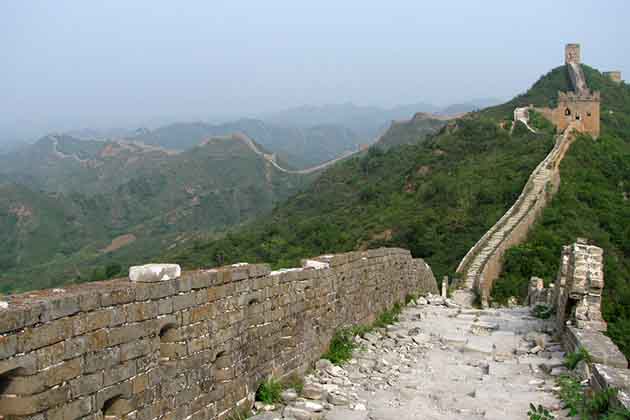
We’ve all grown up hearing about the Great Wall. It’s one of the most amazing structures humanity has ever created. It’s stood for over a thousand years. The wall is also on its last leg. At 13,000 miles long, it’s hard to maintain. Natural erosion has destroyed much of the wall, but people have also been stealing bricks to build their homes. More than 1,200 miles have been harmed.
Seychelles
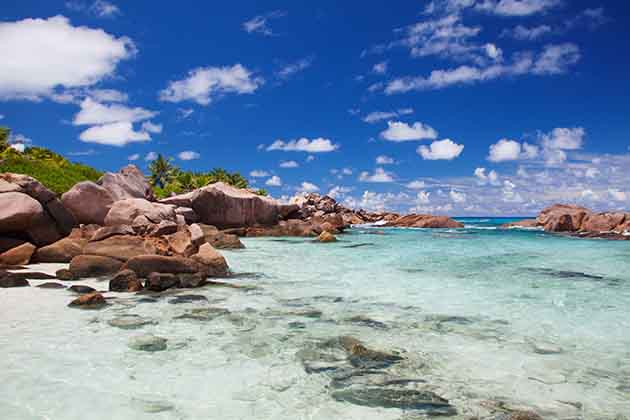
Seychelles are the beautiful tropical islands you’ve never heard of. If you want to visit, though, you’ll have to do it soon. Like many small, flat islands, they are protected by a coral reef that wards off most of the harmful waves. That coral reef is dying, and the waves are ravaging Seychelles's shore, putting the islands at risk of being washed away.
Glacier National Park

Glacier National Park in Montana got its name because of the 150 glaciers that once called the park home. In the past century, that number has shrunk to only 26 glaciers. It’s estimated that there will be no glaciers left by 2030. The park will still be beautiful, but if you want to see the glaciers, go soon.
Machu Picchu

Cuzco Region, Peru
Machu Picchu was built by the Incas around 1450, but when the Spanish swept in, the Incas fled. The city was never "lost," but it was given international attention when an American historian visited in 1911. Apart from its natural beauty, the city is an incredibly well-preserved example of an ancient civilization in its prime. Unfortunately, it faces twin threats—the massive wave of tourists help bring financial support to the area, but they're also wearing down the city and the surrounding areas. On top of that, the city sits right on the Tambomachay Fault, putting it at risk of being ripped apart by an earthquake.
Old City of Jerusalem

The city of Jerusalem is alive and well today, but not the ancient city you know of. The Old City of Jerusalem is a walled-in space taking up about one square kilometer within modern-day Jerusalem. It’s home to the Dome of the Rock, the Western Wall, and other important religious locations. Wars, vandalism, and illegal construction are threatening the small space.
Little Havana
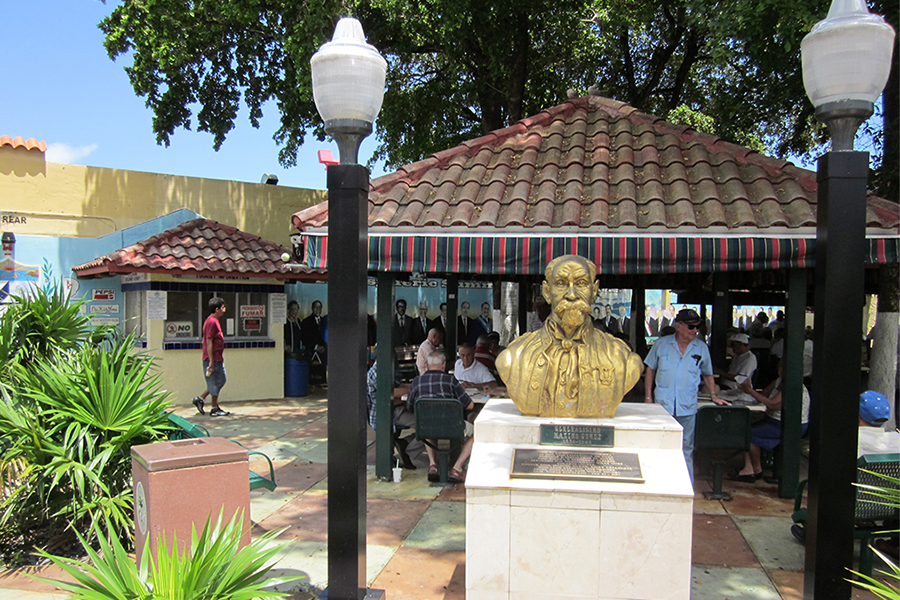
Miami, Florida
The Cuban community has long been part of the culture and feel of Miami, and Little Havana has been both a home for and a symbol of that community since the 1960s. Today, it's the best-known community for Cuban exiles in the world, but it is also threatened. Upzoning and a lack of protection for the wildly varied historic buildings have led the National Trust to place it on their "most endangered locations" list.
Borneo

Malaysia, Brunei, and Indonesia
This rainforest island in the Malay Archipelago is home to a unique orangutan, the Sumatran rhinoceros, and pygmy elephants, among all kinds of other unique creatures. Unfortunately, palm oil plantations, forest fires, logging, and poaching are wrecking the place. If you want to see the land or its inhabitants, you'd better act fast.
Venice
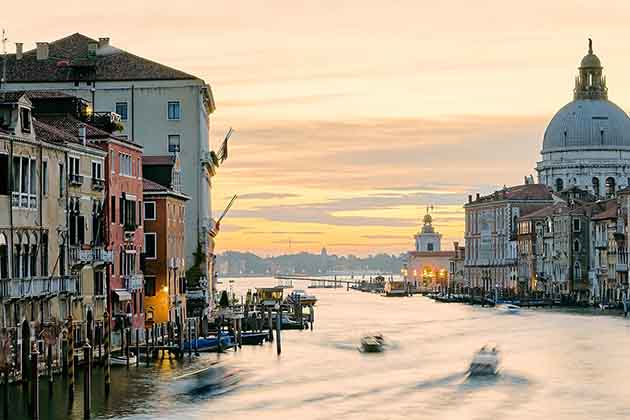
The iconic city of Venice has made it onto this “Places to Visit” list, but it’s here in part because so many people have visited it. Although only 50,000 people live there, 90,000 tourists crowd the streets every day. The building’s foundations are sinking into the water, and cruise ships churning up Venice’s lagoon only speed the process. If you want Venice to last, consider not visiting.
Patagonian Ice Fields
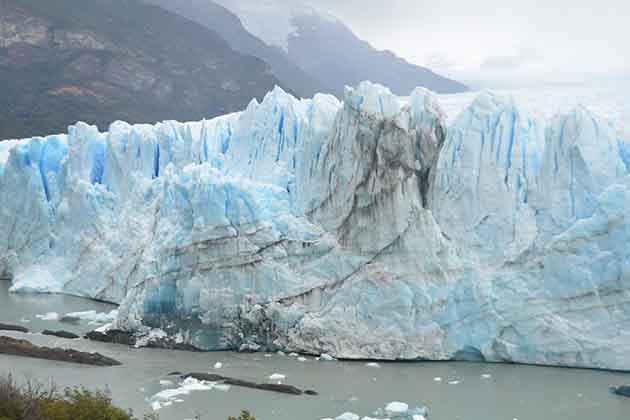
On the southernmost end of the South American continent lie the Patagonian Ice Fields. They’re massive and beautiful. Sadly, they’re also shrinking. Since 1945, the majority of the glaciers have shrunk almost 40%. The icefields are gorgeous, but if you plan on taking a trip to South America in your lifetime, we recommend going soon.
Komodo Island
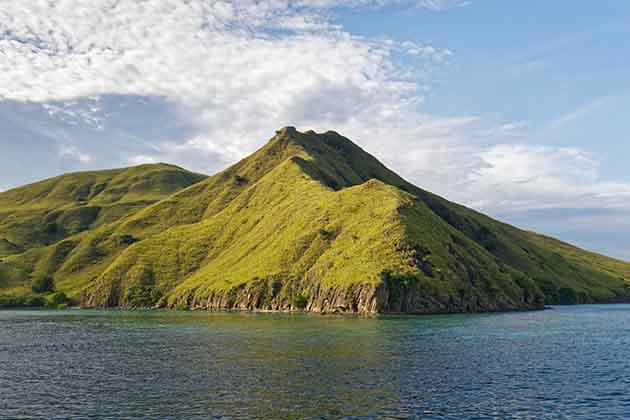
Komodo Island is home to the massive lizard we all know and love. It’s our love for this lizard that may eventually shut down the island, though. So many people flock to see the lizards every year that the island is being overrun by tourists. Officials in charge of the park are advocating for limitations placed on tourism to the island. If you’re planning on visiting Komodo Island, go before they shut the door.
Micronesia
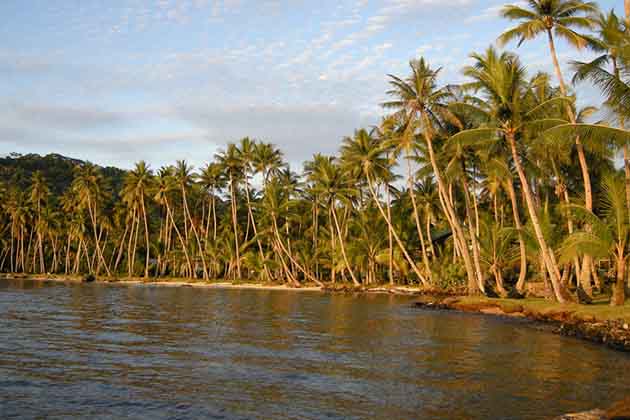
Micronesia is a small country consisting of 600 Pacific Islands. Those islands are shrinking, though. Some, like Nahlapenhold, an island that once held a historic Micronesian battle, are already resting beneath the waves. If you don’t believe in Global Warming and rising sea levels, look to Micronesia.
Acropolis
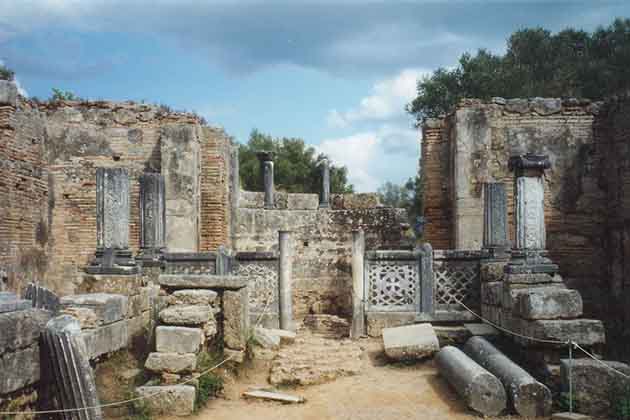
The Acropolis is an ancient Greek citadel that is home to multiple historical locations including the Parthenon and the Temple of Athena Nike. It was damaged in a war back in the 17th century. Acid rain continues to wear it down today.
Liverpool Maritime Mercantile City
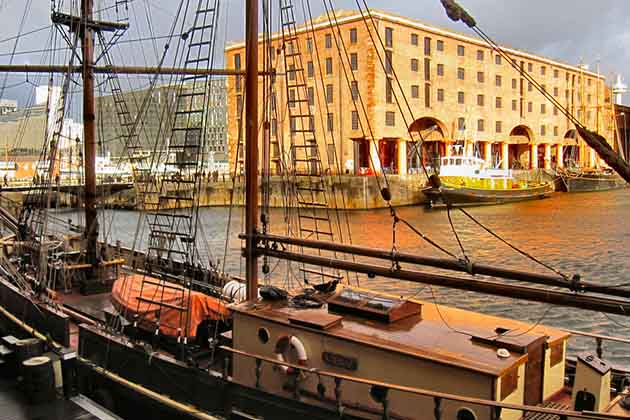
The Liverpool Maritime Mercantile City was once a major trade headquarters. It’s now threatened due to modern expansion and construction. The port gained its trade status as a crucial part of the slave trade hundreds of years ago. It’s been preserved for now, but we’ll leave it up to you guys whether this place deserves to be saved.
The Door to Hell, Turkmenistan
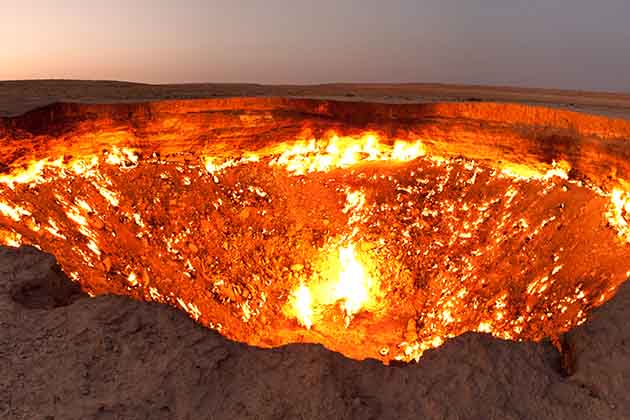
In the early 70s, Soviets drilling for natural gas in a crater were forced to set it on fire to prevent the methane from poisoning the surrounding area. The pit is still burning, but no one knows how long the burning will continue.
City of Potosí

The Bolivian city of Potosí has a lot of things going for it. It’s one of the highest cities in the world. During the time of the conquistadors, it was home to the Spanish mint because of the high amounts of silver in the mountain the city sits on. Overmining throughout the past few centuries has led to a physically unstable area, endangering the city.
European Alps
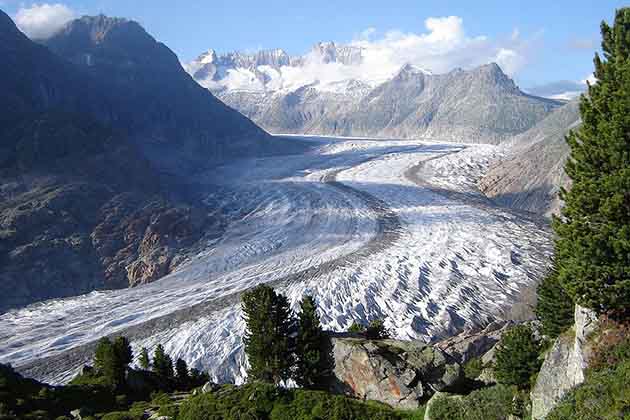
Even though it’s the tallest mountain range that sits entirely in Europe, the Alps are at a lower altitude than many other mountain ranges. This makes them much more vulnerable to the effects of global warming, especially since the regional temperatures are increasing at more than twice the global average. You have until about 2025 to go ski on the high peaks of the European Alps before they disappear.
Tuvalu

Located halfway between Australia and Hawaii, the tiny Polynesian nation of Tuvalu is made up of 9 islands and only takes up 10 square miles. The islands sit at about 15 feet above sea level, making them vulnerable to weather and rising sea levels due to global warming. Since Tuvalu isn’t very high above sea level, even a rise of a few inches could destroy this small country.
French Vineyards
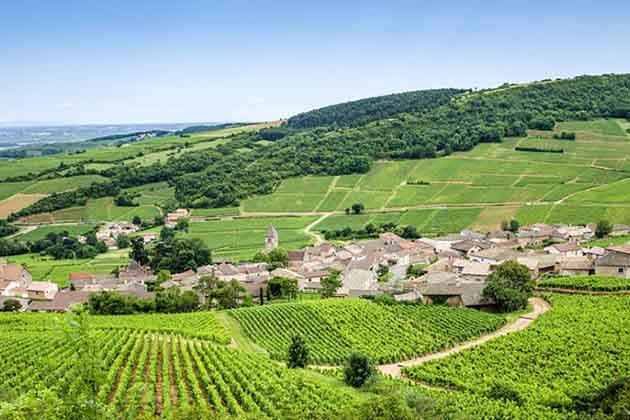
You might not expect wine to be affected by global warming, but it’s also in danger. Grapes are super sensitive to climate change, making any change in temperature dangerous for the fruit. You better start stocking up on French wine, because winemakers are starting to worry about their crops.
Tikal
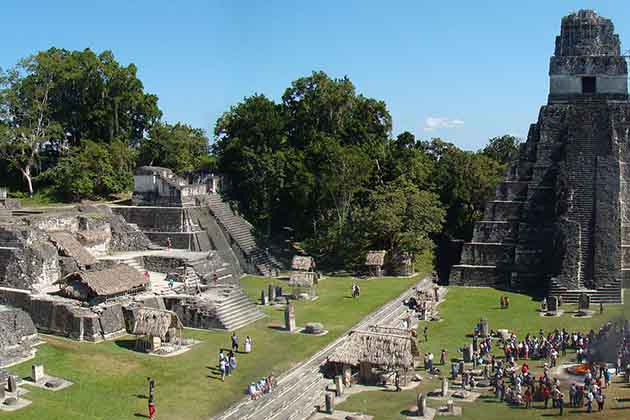
Guatemala
Tikal is one of the largest archaeological sites of the Mayan civilization. The structures are mostly made out of soft limestone that easily erodes in the rain and wind. Tourism doesn’t help either—many visitors have been known to take small stone pieces with them as souvenirs. Before too long, these structures will have fallen apart.
Monteverde Cloud Forest

Costa Rica
This destination draws many tourists because of the wide variety of plants and animals you can see there. The forest itself is beautiful, too, with low-hanging clouds giving it a slightly spooky, slightly magical feeling. Monteverde won’t be around forever, though. Rising global temperatures are threatening the plants and animals because the protective clouds will disappear.
Maldives

The Maldives is a country in South Asia that’s made up of 1,190 tiny islands. It’s the lowest-lying country in the world with most of the land being only four feet above sea level. This makes any rise in the sea level dangerous, especially for the coastal residents. You better visit these beautiful islands soon because if temperatures continue to rise, the Maldives will be the first nation to disappear into the ocean.
Zahara de la Sierra
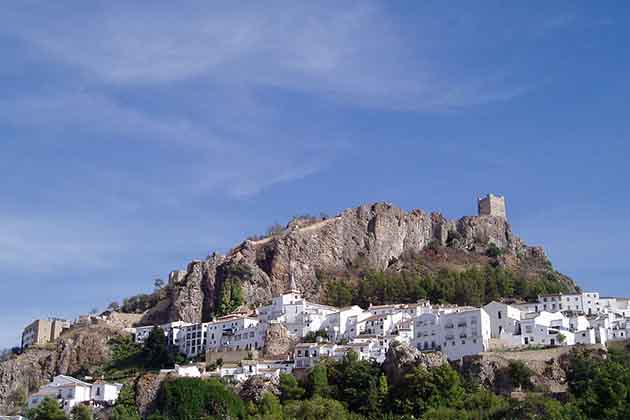
Andalusia, Spain
This small town is famous for its beautiful scenery. Lush olive groves, impressive green mountains, and peaceful pastures decorate the countryside, and many tourists come every year to see the beautiful orchards. Unfortunately, global warming is going to destroy this place, too. Average annual temperature and rainfall are expected to drastically increase, which will kill the pretty landscape.
Amazon Rainforest
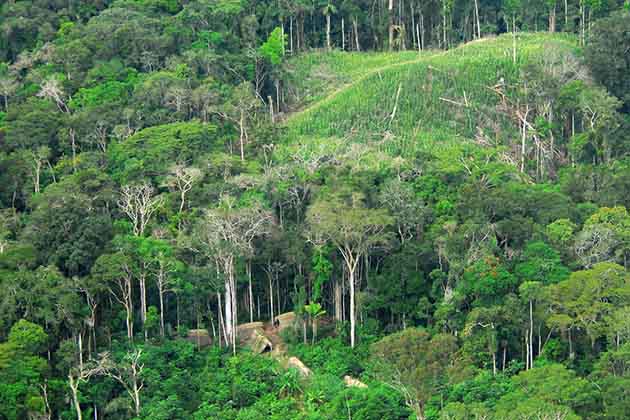
Brazil
This might seem like a strange tourist destination, but the Amazon is home to more than a third of the planet’s plant and animal species—including the pink Amazon river dolphin! This place is also home to some of the world’s few remaining uncontacted tribes, along with who knows how many undiscovered species. Deforestation is absolutely killing the Amazon rainforest right now, and so far, 40% of the Amazon has already been destroyed.
Galapagos Islands

Ecuador
The Galapagos Islands were made famous when Charles Darwin discovered several species of finches that varied from island to island, which helped him develop the theory of natural selection. These once-secluded islands are now overrun with tourists and a growing population. Humans are quickly destroying the island and in response, a debate has emerged about the ethics of visiting the islands. You should check out this place before you aren’t allowed to visit or it gets destroyed.
Congo Basin
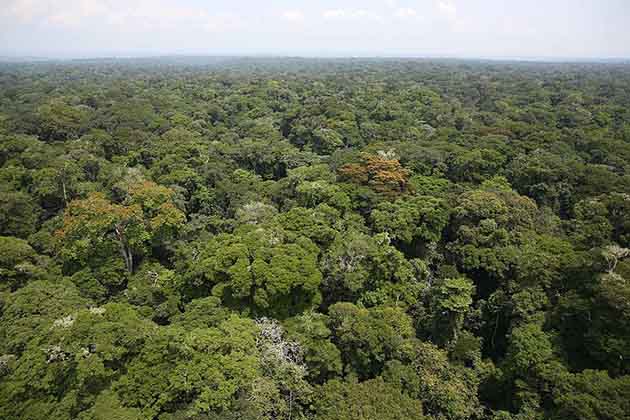
Central Africa
The Congo Basin, sometimes just referred to as the Congo, is 500 million acres and is the world’s second-largest tropical forest, right after the Amazon rainforest. It’s larger than the state of Alaska and is one of the most important wilderness areas on Earth because it’s home to more than 3,000 unique species of plants and animals. Illegal wildlife trade and deforestation threaten to destroy this natural paradise, leaving environmentalists worried that the Congo Basin will be facing irreversible damage to plant and animal populations by 2040.
 Author
Jennifer Freehill
Last Updated: December 12, 2025
Author
Jennifer Freehill
Last Updated: December 12, 2025